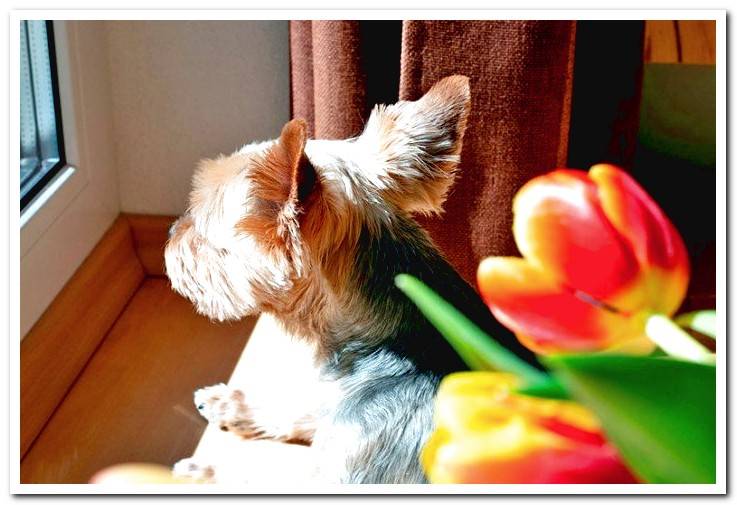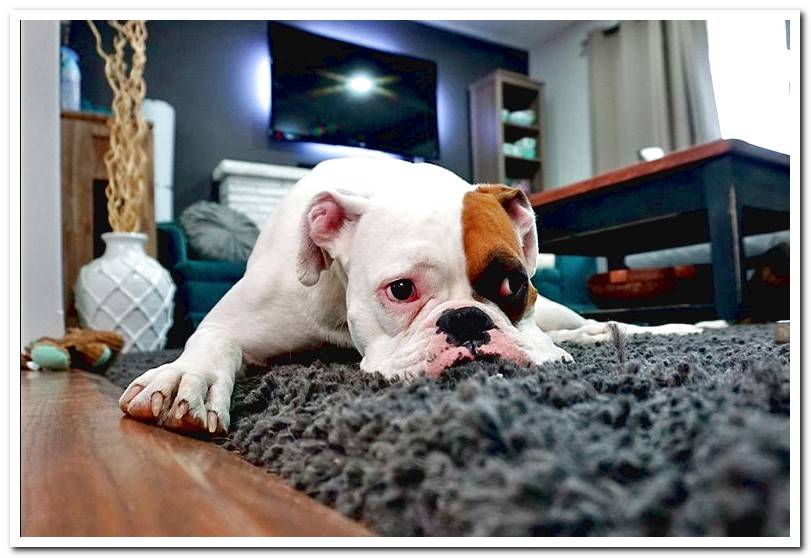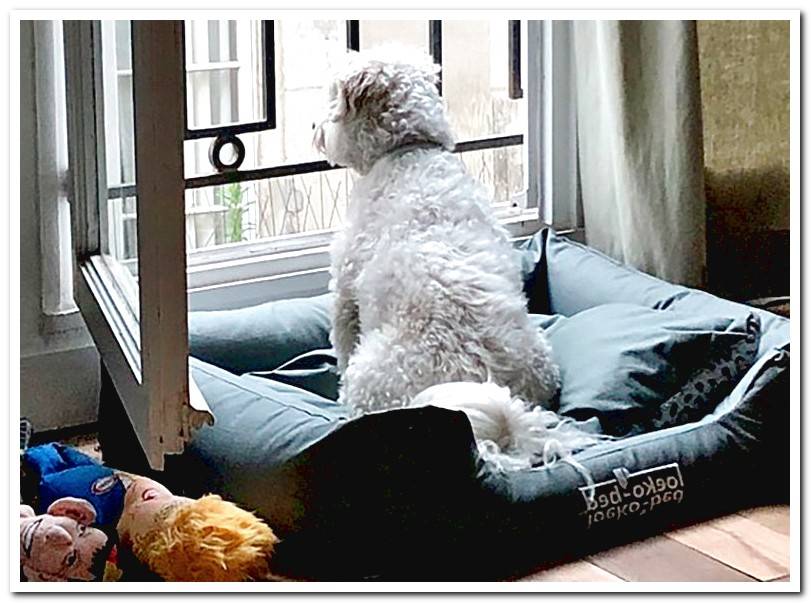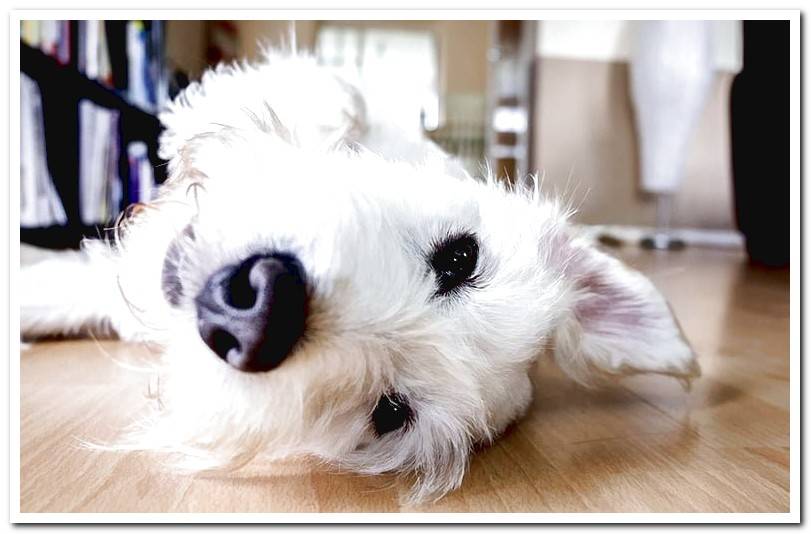
When we take a dog home we tend to worry about the accessories that we should buy or the basic care that it will need. But fewer times we are aware of psychological or educational aspects.
Thus, we may encounter unforeseen problems, such as the difficulty of getting the animal to stay home alone. In this article we will explain how we can avoid suffering this situation.
- You may also like: How many hours can a dog be alone?
Index of contents
- 1 What if a dog does not know how to stay home alone?
- 2 Dog’s place at home
- 3 Prepare the space for the dog
- 4 Practicing our leaving home
- 5 Practicing our absence from home
- 6 What if my dog is not left alone at home?
What if a dog does not know how to stay home alone?
If our dog is not able to remain without us at home, we will be in front of a painting called separation anxiety. Dogs that suffer from it, even if they are not alone for more than a few minutes, develop destructive behaviors, howling and crying, hypersalivation or inadequate elimination.
As we can imagine, any of these behaviors is undesirable, so it is important that, from the first moment, we know how to tell the dog that it should not stress in our absence, whether it is a puppy or an adult. Next, we explain how to do it.

Dog’s place at home
When we receive a dog in our home we will see that, after an initial exploration, it will look for a place to rest. At that time we will indicate the space that we have allocated for him. It is not just about offering a bed, but putting it in an area where the animal feels safe.
In other words, delimiting an area of our home, even using a pet carrier or dog park, or allocating a room for the newcomer it is a good way to avoid problems during our absence. This is so because it is a small space that the animal controls completely, which gives it peace of mind.
Thus, when leaving him alone, he is more likely to remain calm there than if, on the contrary, we allow him to wander alone throughout the house, receiving stimuli from both inside and outside that he may not understand and that will end up making him nervous. Once adapted, we can leave it with access to the entire home.
Prepare the space for the dog
Once we decide what place we allocate for the newcomer, we must ensure that it is completely safe. There can be no holes through which the dog can get out, no cables or any dangerous product that can be reached. Nor will we leave anything that can be broken.
In addition to his bed, it is essential that we leave him enough water and, if it is the case, food. Nor will we forget any toy with which it can interact, especially if it is a puppy or an active adult. We must also take care of the temperature of the place.

Practicing our leaving home
The dog may be nervous when he realizes we are leaving. He knows this because he learns that certain actions such as putting on shoes or taking a bag are the preamble to our march.
We can control it with the following guidelines:
- We will carry out the typical preparatory actions for our usual departure from home, but we will not leave. We will repeat this exercise as long as necessary.
- Another exercise is leaving the house but staying at the door to re-enter immediately. We will also repeat it as many times as necessary.
- The goal is to repeat these routines until the dog stops reacting, that is, it ignores what we are doing. In this way we break the relationship that he had established in the qWhat identified certain actions with our departure and consequent absence.

Practicing our absence from home
It is not a good idea to suddenly leave a dog that has been with us for only a few hours. On the contrary, the ideal is to get him used to staying at home in a progressive way.
The dog does not have the same awareness of time as we do but we can teach it to know that we are going to return with the following guidelines:
- At first we will leave him alone for a few minutes, after having walked or played with him so that he is relaxed.
- We can stay close to see if we hear it or, on the contrary, it is calm.
- On our return we will greet you affectionately, without exceeding ourselves. If he has made his needs or has broken something, we should not scold him since, after the event, he will not understand what our displeasure is due to. If we are angry we can call you and congratulate you for coming to our call.
- When the dog is quiet only the set time, we will increase it little by little. It is not convenient that we increase the minutes of our absence if the animal still does not remain calm in the time frame that we have established.
What if my dog is not left alone at home?
When all strategies fail and we are unable to keep our dog calm in our absence, it is recommended that we seek specialized assistance.
We can go to the consultation of a veterinary specialist in canine behavior or to that of a ethologist. In no case should we punish the dog.
